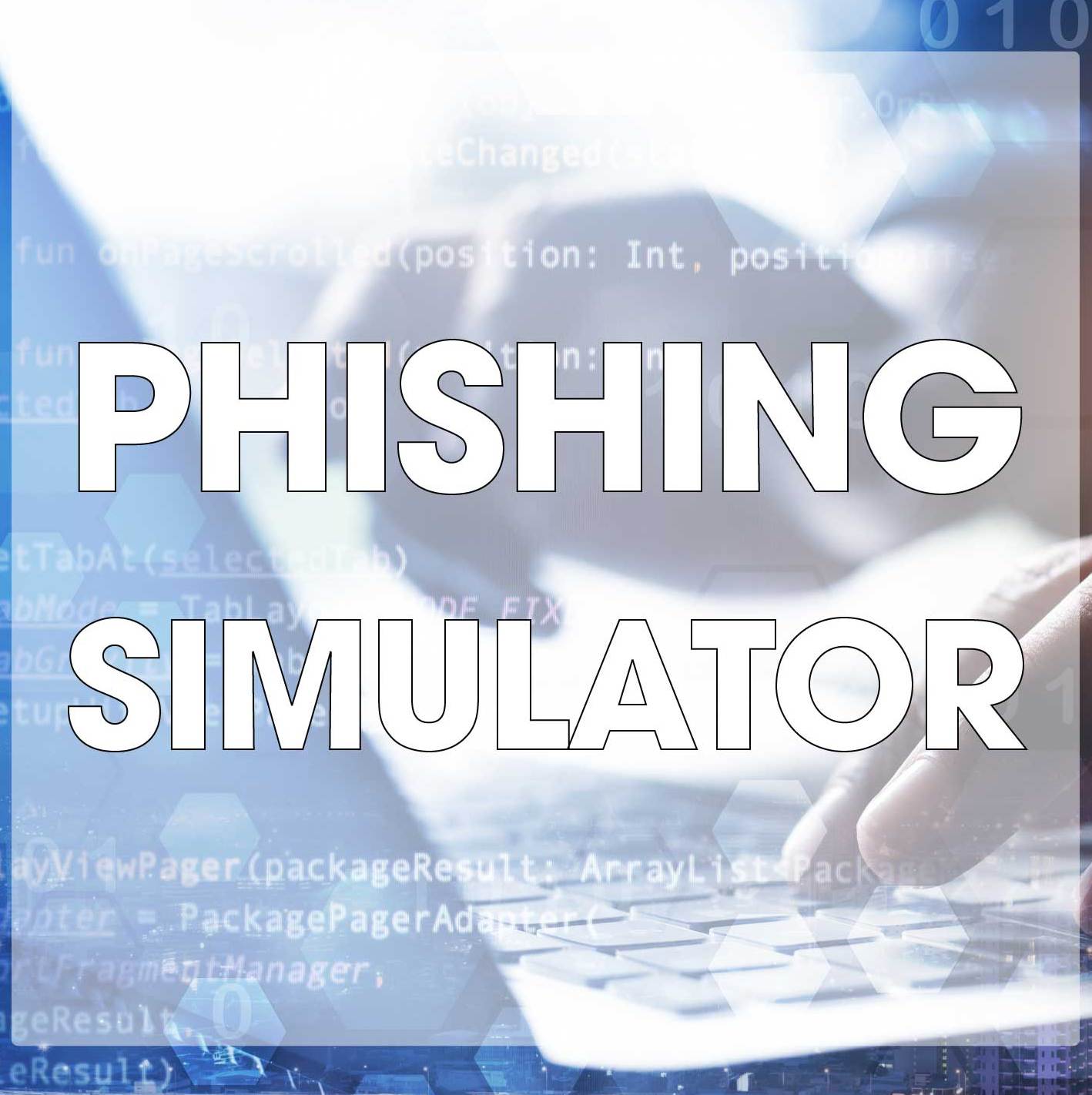
A phishing simulator is a tool used to create and automate phishing campaigns on employees. Here we explain why you should be continuously running phishing tests on the workforce as part of your security awareness training strategy, and the benefits of doing so.
What is a Phishing Simulator?
A phishing simulator is a platform that businesses use to develop internal phishing campaigns on the workforce. The platform will include many different phishing templates that have been created by the platform provider that reflect real-world phishing attacks on businesses. The templates incorporate a wide range of lures that aim to get users to take the actions that real-world phishers trick employees into doing, such as opening malicious attachments, sending sensitive data via email, disclosing credentials, and other potentially harmful actions.
Campaigns can be developed to test different departments, user groups, and individuals and for that process to be automated. Once configured, the campaigns will be conducted continuously and the responses to those messages will be tracked. The IT department will be able to see who opened the emails, who opened attachments, who clicked links, when the emails were opened and clicked, and who reported the emails.
Why Use a Phishing Simulator?
Businesses should be providing regular security awareness training to their workforce to teach cybersecurity and security best practices to eliminate risky behaviors. The training should cover basic security measures, and over time that training can become more advanced. Training should include how to create strong passwords and why that is important, how to protect sensitive information, safe use of the internet and Wi-Fi, how to work securely when working remotely, and how to identify malicious emails. At the end of each training session, quizzes should be used to test understanding of the training content.
Quizzes will identify whether individuals have understood their training, but they do not test knowledge retention and whether the training is being applied outside of training sessions. This is where a phishing simulator is useful. Conducting phishing simulations when employees are busy working will provide valuable data on how resistant the organization is to phishing attacks and which individuals are susceptible to phishing emails.
Without that data, businesses will have no idea how effective their training has been, who hasn’t fully understood the training or are not applying that training. Testing employees using phishing examples not included in the training course can give a clear picture of how employees are likely to respond when they receive a genuine phishing email. Through the use of a phishing simulator, weaknesses can be identified and businesses will have the opportunity to address those weaknesses before they are exploited in real phishing attacks.
What Does Phishing Simulation Data Tell You?
If an employee falls for a simulated phishing email it could be for several reasons. They may not have been able to recognize the signs of phishing, they may not be checking emails correctly, or may not have ever encountered that type of email before. The results of the tests will help to identify who is susceptible to phishing, if there are any organization-wide gaps in knowledge, which types of emails are proving effective, and who is/isn’t reporting phishing emails.
When an employee fails a simulation, they can be provided with additional training on that specific type of threat to help them recognize it in the future. There may be widespread failures, which indicates there are problems with the training course. The course can then be tweaked to cover that specific threat in more detail.
Data from phishing simulations show that using a phishing simulator can significantly improve awareness of phishing, reduce the susceptibility of the workforce to phishing attacks, and increase the reporting of phishing threats. The latter is important as it allows the IT team to find and remove all other copies of phishing emails in the email system.
Are Phishing Simulations Effective?
Most studies on the use of a phishing simulator have shown them to be effective, but it really does depend on how the simulations are conducted and the consequences of failing a phishing test. To get the best ROI, a failed phishing test should result in immediate notification and training for an individual, which can be generated automatically by the phishing simulator platform. That training should be brief and should explain what went wrong and how that email could have been identified as malicious, ideally with a short (5 minutes max) training video. Providing corrective action immediately will have the maximum effect and should help to prevent any repeat failures.
It is important to explain during training that part of the training process involves conducting phishing simulations, which could be conducted at any time. Employees should understand that the phishing simulator is not used to catch people out to punish them, but that it is an important part of the training process and that it will not only help to improve security awareness in the workplace but the skills that are learned can help employees to be more secure in their digital lives outside of work.
Employers should understand that the goal of security awareness training and phishing simulations is to try to create a security culture. Employers should not use phishing simulations to punish employees. Instead, the best results will be gained through positive reinforcement.
Photo Credit: tippapatt / stock.adobe.com







